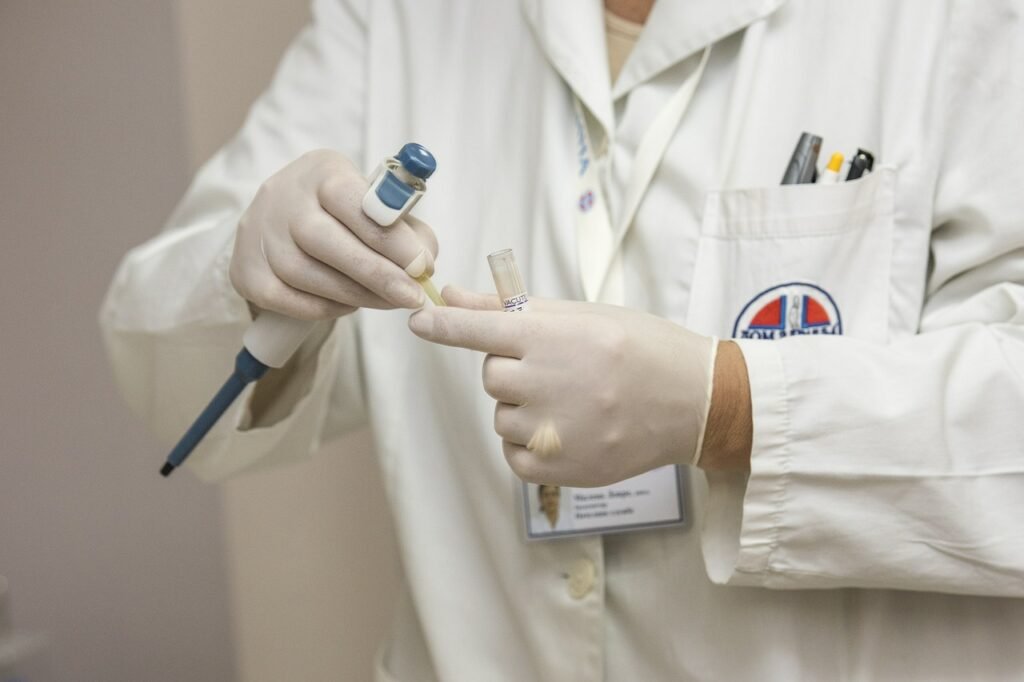Aseptic techniques form one of the fundamental principles for infection control in clinical and surgical settings. These techniques include –
- Removal and reduction of microorganisms from hands and objects
- Use of sterile equipment and other necessary items
- Reduction in the patient’s risk of exposure to nosocomial infections.
- Cleaning practices followed immediately before and during surgical procedures to reduce post-operative infections
Asepsis is required to be achieved at all levels when working in a hospital
A manufacturing company can only maintain asepsis by ensuring awareness of working employees and the use of sterile equipment and fluids during invasive procedures. Thus, asepsis is divided into
- medical/clean asepsis that aims to reduce the number of microorganisms, prevent the spread, and –
- surgical/ sterile asepsis that aims to eliminate microorganisms from a given area.
Read Concept of sterilization in the pharmaceutical area
The surgical environment is controlled to minimize the spread
- o O.T. areas are, therefore, divided into three areas – 1) unrestricted area – control point to monitor patient and visitors, 2) semi-restricted area – all people need to wear scrub attire to minimize bacterial shedding, and 3) restricted area – includes the operation area, scrub area, and ante-rooms, full surgical attire including hand gloves, shoe cover, head cover, mask to be worn.
- o Scrubbing should be proper and methodological. You should check finger jewelry and cuts, if any.
- o Eyeglasses, if any, should be appropriately cleaned and worn.
- o The attire must be tight fit and proper.
- o Gowns are sterile only from waist to shoulder.
- o Personnel with a hygienic condition should only touch sterile instruments.
- o Touching a piece of non-sterile equipment contaminates the environment.
The antiseptic agents should be frequently used for cleaning.
- o Broad-spectrum antimicrobial agents are used.
- o Fast-acting and effective.
- o The agents should not be irritating or sensitizing.
- o The duration of action should be long enough to prevent sepsis.
- o Examples – povidone-iodine solution, chlorhexidine gluconate, triclosan, alcohol, hexachlorophene.
The facility center must continually monitor sterile areas and follow appropriate Aseptic techniques. Workers should avoid unnecessary talking. The area after 2.5cm around the edge of the sterile field is considered unsterile.
The patient’s physiological state affects the incidence of infection; this is because the disease conditions decrease the body’s ability to fight off infections independently.
Other Pharmaceutics Articles
- Aseptic techniques in hospital settingsAseptic techniques form one of the fundamental principles for infection control in clinical and surgical settings. These techniques include – Removal… Read more: Aseptic techniques in hospital settings
- Concept of sterilization in the pharmaceutical areaSterilization is the process of killing and eliminating transmissible agents effectively. These unwanted agents include bacteria, endospores, fungi, viruses, and prions. If not… Read more: Concept of sterilization in the pharmaceutical area
- Tablet dosage forms- Properties and typesWhat is tablet dosage forms? Tablets are solid dosage forms containing active pharmaceutical ingredients and excipients. Tablets are solid, circular,… Read more: Tablet dosage forms- Properties and types
- Rubber as a material for seals and closuresRubbers are an excellent material for forming seals and closures. A closure is a part of the package used for… Read more: Rubber as a material for seals and closures
- Containers: Desirable features and typesPharmaceuticals are highly susceptible to degradation, and the quality of the pharmaceutical products directly affects their response and effectiveness. Therefore… Read more: Containers: Desirable features and types
- Materials for containers: their merits and demeritsPharmaceuticals packaging is vital as it provides protection, helps identify, improves the convenience in transporting, and provides information about the… Read more: Materials for containers: their merits and demerits







